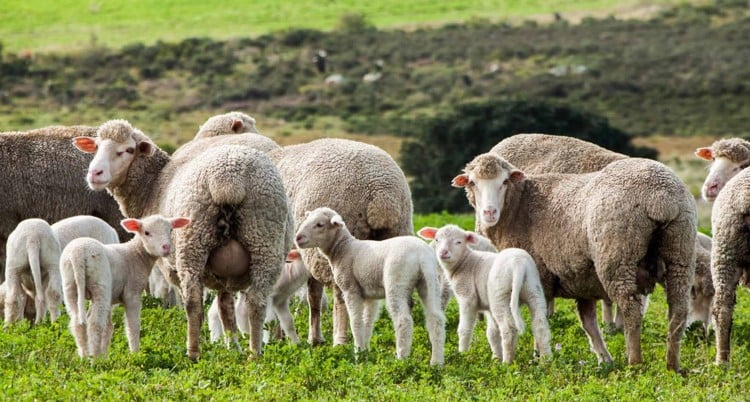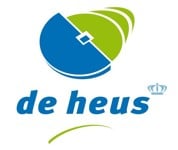Intensive sheep systems and feeding systems
The nutritional requirements of lactating ewes with twins or triplets are four times as high as that of a dry ewe. Normal grazing and supplements are mostly inadequate to meet these needs due to a further challenge that a large percentage of the abdomen is taken up by the growth of unborn lambs which affects the ability of the ewe to take in adequate amounts of feed. Approximately 70% of the lamb’s foetus growth as well as the development of the ewe’s udder takes place during the last six weeks before lambing. Feeding at this time, and also during the first six weeks after lambing when egg-cells (ovums) are formed, and milk production reached its peak, is critically important.

When animals lamb in lambing pens complete feeds are used which contain high levels of starch. Animals have to adapt to these feeds to prevent acidosis. This process takes at least a week. It is therefore important to be sure when the ewes will lamb. If ewes have adapted to the high starch rations and do not lamb as expected they cannot go back to an ordinary lick and must be fed until the lambing (which can be 21 days later). This extra feeding period can greatly increase feeding costs. If a ewe is not adjusted and then lambs, she will develop acidosis when she is exposed to feed with high starch levels or she will contract “domsiekte” (ketosis) due to a low energy intake (especially with twins or triplets).
The use of a lamb creep is of great importance in an intensive system, to help develop and wean the lambs as soon as possible, and to take the pressure off the ewes. This gives the ewes a chance to improve their condition before the next breeding season. De Heus has developed a product to help in this process. This product can be fed to the ewes in the lambing pens as well as to the lambs as a creep feed.
RumiComplete Ewe & Lamb Creep is a complete feed with 17% protein, high energy levels, vitamins A, D and E, as well as ionophores and growth promoters.
RumiComplete Ewe & Lamb Creep (V24945) should be fed to the ewes from one week (or earlier on) before being placed in lambing pens. Provide roughage ad lib while gradually increasing feed from 400 g to at least 1,0 to 1,2 kg of feed per day, by the time they are lambing. Once they go to the lambing pens, the product is supplied ad lib with an expected intake of 1, 5 to 1, 8 kg/day. Lambs will start to nibble on the pellets from the second day after birth.
The Ewe & Lamb creep pellets should also be given to the lambs in creep pens from the second week after birth. This allows the lambs free access to the feed without interference or dominance from the ewes. It is advisable to leave the creep pens open for a day or two in order for the ewes to teach the lambs to eat the pellets in the creep pens. As soon as the lambs consume the feed with ease in the creep pens, it can be closed. The ewes should be fed the Ewe & Lamb Creep pellets for at least three weeks after lambing and could be fed for up to six weeks after lambing(from a practical point of view), or can again be fed the RumiLick Ewe Booster (V24947)for the last three weeks. The lambs must be fed Ewe & Lamb Creep until weaning (usually 10 to12 weeks in an intensive system), after which they will be fed until weaning (usually 10 to12 weeks in an intensive system), after which they will be fed RumiLick Accelerator (V24940) or be sent to the feedlot.
